- No products in the cart.
Koldreks junior powder for solution into 10 pieces hot drink lemon
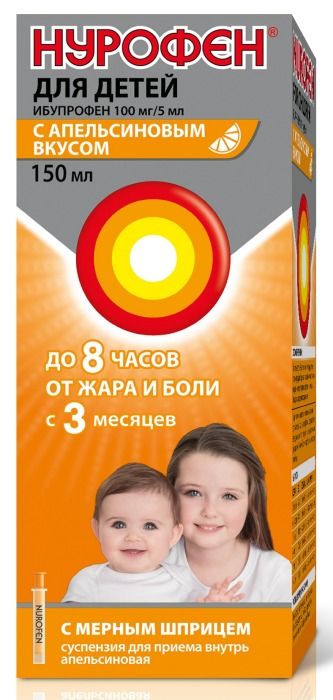
Nurofen for children oral suspension 100mg / 5ml 150ml vial with a syringe dosing orange
$4.17
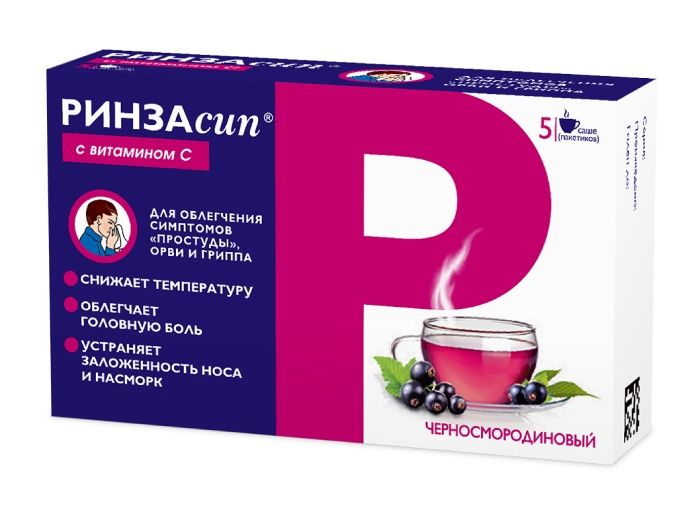
Rinzasip powder for r-ra 5g 5 pcs black currants / Vitamin C.
$3.86
$11.67
Koldreks junior powder for solution into 10 pieces hot drink lemon
SKU: 01650622261 Categories: Cold and flu, Medicaments, Temperature Tags: 6 years, GlaxoSmithKline Helsker
Description
Composition
Active substance:
In the bag 1: paracetamol 300 mg phenylephrine hydrochloride 5 mg ascorbic acid 20 mg
Excipients:
Sodium saccharinate – 21.5 mg Sodium cyclamate – 31.5 mg Citric Acid – 340 mg Sodium citrate – 215 mg, corn starch – 100 mg Sucrose – 1862.5 mg, flavor Lemon 610399E – 100 mg, colorant curcumin (E100) – 3.5 mg , colloidal silicon dioxide – 1 mg.
Description:
Powder for solution for oral administration (for children), heterogeneous, white to pale yellow with lemon smell; dissolved in 125 ml of hot water to form a hazy solution from yellow to yellow-green color, without having surface foam with a lemon odor; there may be a slight sediment.
Product form:
3 g sachets of laminate: paper / polyethylene / aluminum foil / polyethylene. 10 bags together with instructions for use placed in a cardboard box.
Contraindications
– increased sensitivity to the drug; – severe liver disease; – severe kidney disease; – diseases of the hematopoietic system; – hyperthyroidism; – arterial hypertension; – heart disease (expressed aortic stenosis, acute myocardial infarction, tachyarrhythmia); – prostatic hyperplasia; – closure glaucoma; – diabetes; – the absence of a genetic glucose-6-phosphate dehydrogenase; – lack of sucrase / isomaltase, fructose intolerance, glucose-galactose malabsorption, because The preparation includes sucrose; – simultaneous reception of tricyclic antidepressants, beta-blockers, MAO inhibitors and up to 14 days after their withdrawal; – destky age of 6 years.
Indications
In order to eliminate the symptoms of acute respiratory infections and influenza in children aged 6-12 years, incl .: – elevated body temperature; – headache; – chills; – pain in the joints and muscles; – sensation of nasal congestion; – pain in the sinuses and throat.
Interaction with other drugs
Paracetamol at reception for a long time increases the effect of anticoagulants (warfarin and other coumarin), which increases the risk of bleeding. Episodic receiving a single dose of the drug has no significant effect on the action of anticoagulants. Inductors microsomal oxidation enzymes in the liver (barbiturates, phenytoin, carbamazepine, rifampicin, AZT, phenytoin, ethanol, flumetsinol, phenylbutazone and tricyclic antidepressants) increase the risk of hepatotoxicity with overdoses and concomitantly with paracetamol. Inhibitors of microsomal oxidation (cimetidine) reduce the risk of hepatotoxicity. Paracetamol reduces the effectiveness of diuretic drugs. Metoclopramide and domperidone to increase, and cholestyramine reduces the rate of absorption of paracetamol. Paracetamol MAO inhibitors enhances effects, sedation, ethanol. Phenylephrine when taken with MAO inhibitors may lead to increased blood pressure. Phenylephrine reduces the effectiveness of beta-blockers and antihypertensive drugs increases the risk of hypertension and disorders of the cardiovascular system. Tricyclic antidepressants increase the sympathomimetic effects of phenylephrine may increase the risk of side effects of the cardiovascular system. Concomitant use of halothane with phenylephrine increased the risk of ventricular arrhythmias. Phenylephrine reduces guanetidina hypotensive effect, which in turn enhances the activity of alpha-adrenostimuliruyuschee phenylephrine. Antidepressants, antiparkinsonian agents, antipsychotics, phenothiazine derivatives increase the risk of urinary retention, dry mouth, constipation. Simultaneous with the appointment of GCS with phenylephrine increases the risk of developing glaucoma. In an application with digoxin and cardiac glycosides may increase the risk of heart rhythm disorders or heart attack. Ascorbic acid is while the use of iron preparations, because of their reducing properties needs to trivalent iron to the divalent, thereby improving its absorption. With simultaneous use of ascorbic acid increases iron excretion in patients receiving deferoxamine. While the use of barbiturates, primidone increased excretion of ascorbic acid in urine. Ascorbic acid in high doses, can reduce the pH of urine, which decreases while the application of tubular reabsorption of amphetamine and tricyclic antidepressants. With simultaneous use of acetylsalicylic acid reduces the absorption of ascorbic acid by about a third. With the simultaneous use of warfarin may decrease warfarin effects. When applied simultaneously with tetracycline increased excretion of ascorbic acid in urine.
Overdose
In the case of drug overdose Koldreks® Junior (even with a good state of health) should take into account the risk of delayed signs of serious liver damage. Symptoms related to paracetamol: within 24 hours – paleness of the skin, loss of appetite, nausea, vomiting, abdominal pain. After 12-48 hours may manifest symptoms of liver disease, signs of impaired glucose metabolism and metabolic acidosis. In case of severe poisoning can develop severe liver failure until liver encephalopathy, coma and death. Acute renal failure with acute tubular necrosis, which is diagnosed by severe pain in the lumbar region, hematuria and proteinuria, may develop without severe hepatic dysfunction. There are reports of cardiac arrhythmias and pancreatitis with an overdose of paracetamol. In the early period of symptoms may be limited to nausea or vomiting and may not reflect the degree of the severity of overdose or the degree of internal organ damage risk. Treatment: during the first hour after the intended purpose it is expedient to overdose activated charcoal inside. After 4 hours or more after the intended overdosing is necessary to determine plasma concentrations of paracetamol (acetaminophen earlier determination of concentration can be misleading). The specific antidote for poisoning by paracetamol – acetylcysteine. acetylcysteine treatment may be up to 24 hours after ingestion of paracetamol, however, the maximum hepatoprotective effect can be obtained for the first 8 hours after the overdose. After that, the effectiveness of antidote drops sharply. may be administered in case of necessity acetylcysteine / in. In the absence of emesis alternative embodiment (without the possibility of quick inpatient care) is the designation methionine inside. Treatment of patients with severe hepatic dysfunction at 24 hours after ingestion of paracetamol should be carried out together with specialists or poison control center specialized branch of liver diseases. Symptoms caused by phenylephrine: irritability, headache, dizziness, insomnia, increased blood pressure, nausea, vomiting, irritability, reflex bradycardia. In severe cases an overdose may develop hallucinations, confusion, seizures, arrhythmias. Treatment: symptomatic therapy, with severe hypertension use of alpha-blockers such as phentolamine. Symptoms related to ascorbic acid: ascorbic acid in high doses (3000 mg) can cause osmotic diarrhea, and the temporary disruption of the gastrointestinal tract, such as nausea, discomfort in the stomach area. Manifestations of ascorbic acid overdose may be categorized as those which are caused by severe liver disease as a result of acetaminophen overdose. Treatment: symptomatic, forced diuresis.
pharmachologic effect
Pharmacological group:
N02BE51
Pharmacodynamics:
A combined preparation for the symptomatic treatment of acute respiratory disease. Paracetamol has antipyretic, analgesic action. Phenylephrine hydrochloride – sympathomimetic, constricts blood vessels of the nasal mucosa and the paranasal sinuses, resulting in reduced swelling and easier nasal breathing. Ascorbic acid up for the increased need for vitamin C with colds and flu.
Pharmacokinetics:
Absorption and distribution of Paracetamol: Paracetamol absorption from the gastrointestinal tract – high. The time to reach maximum plasma concentration – 0.5 – 2 hours; maximum plasma concentration – 5-20 .mu.g / ml. Communication with plasma proteins – 15%. It penetrates the blood-brain barrier. Phenylephrine hydrochloride uniformly absorbed in the gastrointestinal tract. Maximum plasma concentration is achieved in the range of from 45 minutes to 2 hours. Ascorbic acid is rapidly absorbed in the gastrointestinal tract and distributed throughout the body. Communication with plasma proteins is 25%. Metabolism Paracetamol is metabolized primarily in the liver (90 – 95%) in three main ways: 80% unreactive conjugation with glucuronic acid and sulphates to inactive metabolites; 17% undergo hydroxylation to form 8 active metabolites, which is conjugated with glutathione to form already inactive metabolites. With a lack of glutathione, these metabolites may block the enzyme systems of hepatocytes and cause their death. The metabolism of the drug is also involved isoenzyme CYP2E1. Phenylephrine hydrochloride undergoes primary monoamine oxidase metabolism in the intestine and liver. Thus, for oral administration of phenylephrine bioavailability decreases. Excretion Paracetamol excreted by the kidneys as metabolites, mainly glucuronide and sulfate conjugates of about 3% is released in unaltered form. The half-life is 1-4 hours. Phenylephrine hydrochloride is almost completely excreted by the kidneys in the form of sulfate conjugates. excretion period is 2-3 hours. When used in doses exceeding the body’s need for ascorbic acid, ascorbic acid excreted by the kidneys in the form of metabolites.
Pregnancy and breast-feeding
The drug is intended for adolescents
Conditions of supply of pharmacies
Without recipe
side effects
Determining the frequency of side effects: very common (> 1/10), common (> 1/100 and
special instructions
The drug should not be taken simultaneously with other preparations containing paracetamol, as well as other non-narcotic analgesics (metamizole sodium), NSAIDs (aspirin, ibuprofen), with other agents to relieve symptoms of colds and flu, sympathomimetics (such as decongestants, agents that suppress appetite , psychostimulant amphetamine means), barbiturates, anticonvulsant drugs, rifampicin and chloramphenicol. When carrying out tests for determination of uric acid and blood glucose levels should inform the physician of drug application Koldreks® Junior, since preparation may distort the results of laboratory tests that measure the concentration of glucose and uric acid. Before taking this medication should consult a physician if: -priema metoclopramide, domperidone (used to eliminate nausea and vomiting) or cholestyramine used to lower blood cholesterol concentrations; -priema medications for reducing blood clotting (e.g., warfarin); -compliance diet with reduced sodium content – each sachet contains 0.12 g of sodium. To avoid liver toxicity of paracetamol should not be combined with drugs containing ethanol. Effects on ability to drive vehicles and mechanisms In the event of dizziness the patient should refrain from driving vehicles or other potentially hazardous activities that require concentration and psychomotor speed reactions.
Storage conditions
The drug should be stored in reach of children at a temperature not higher than 25 ° C.
Dosing and Administration
For ingestion. Do not exceed this dose!
Should apply the lowest dose necessary to achieve the effect for the shortest possible duration of treatment!
The minimum interval between doses Koldreks Junior preparation should be at least 4 h. The contents of one sachet poured into a mug, pouring about 125 ml of hot water, stir until dissolved. If necessary, add cold water and sugar. Children 6 to 12 years: 1 sachet every 4 – 6 hours, but not more than 4 bags per day. The maximum daily dose should not exceed 4 sachets. The maximum duration of the drug without consulting your doctor no more than 3 days. Do not take simultaneously with other paratsetamolsoderzhaschimi means, decongestants and means to alleviate the symptoms of “cold” and the flu, as well as ethanol-containing drugs and drinks. If you are taking the drug symptoms persist, seek medical advice.
Information
Appearance may differ from that depicted in the picture. There are contraindications. You need to read the manual or consult with a specialist
Additional information
| Weight | 0.100 kg |
|---|---|
| Manufacturer | GlaxoSmithKline Helsker |

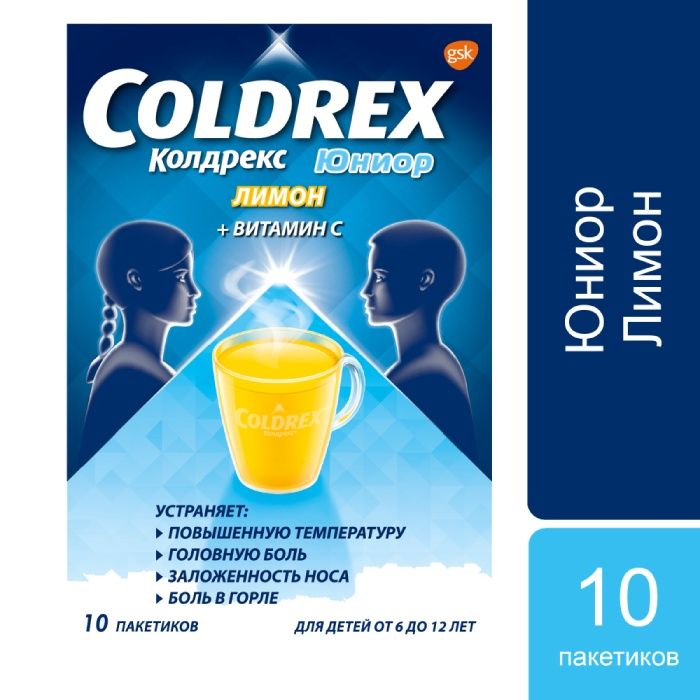
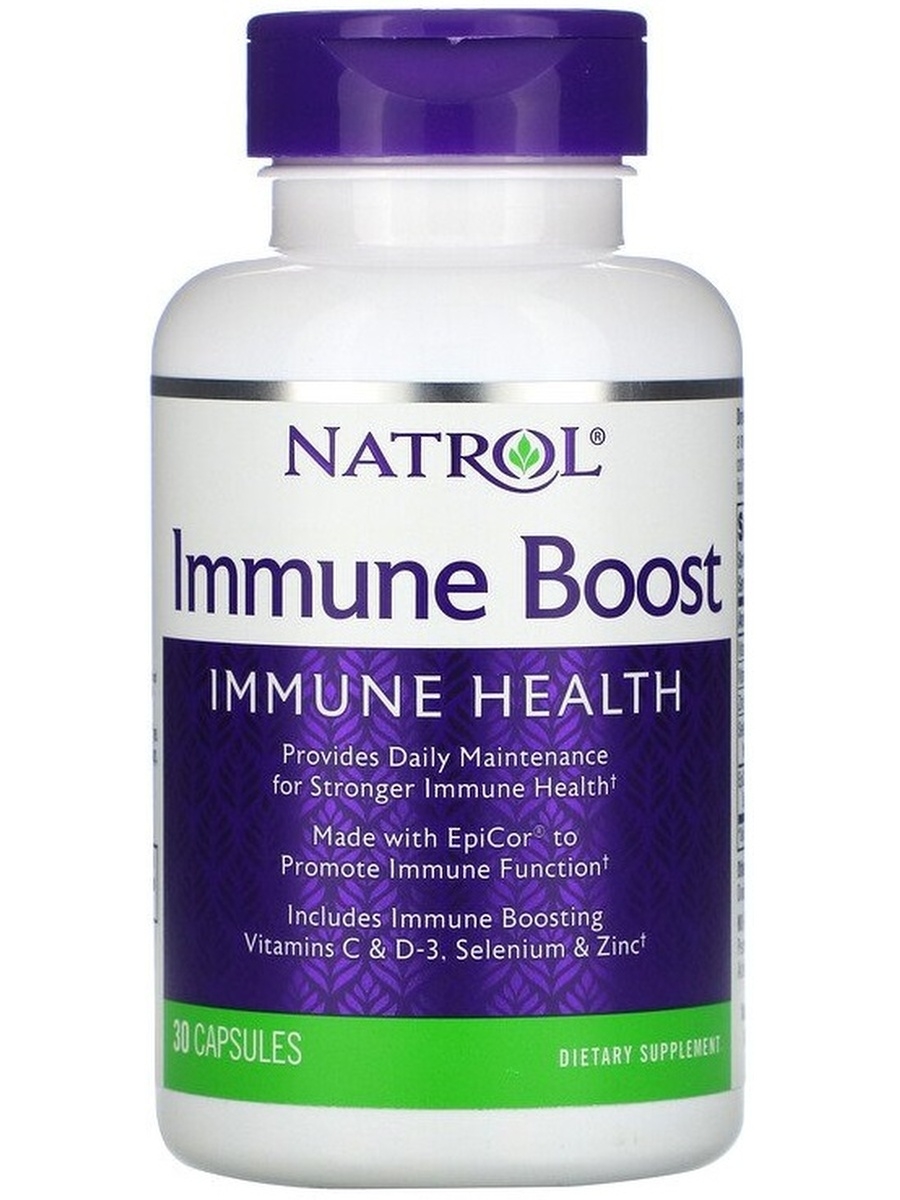
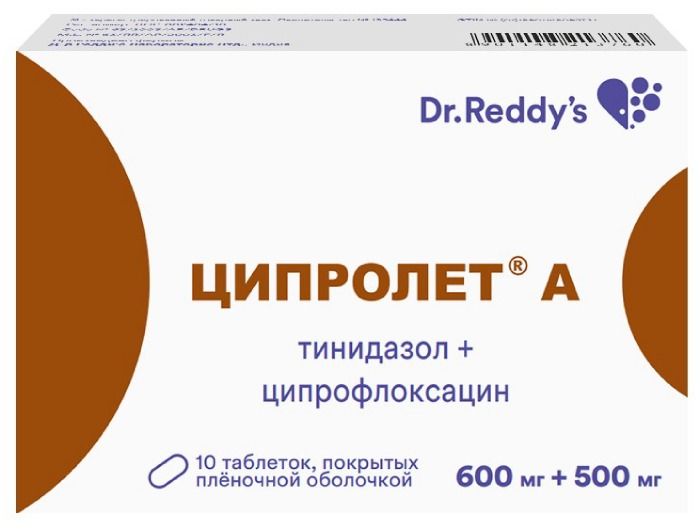
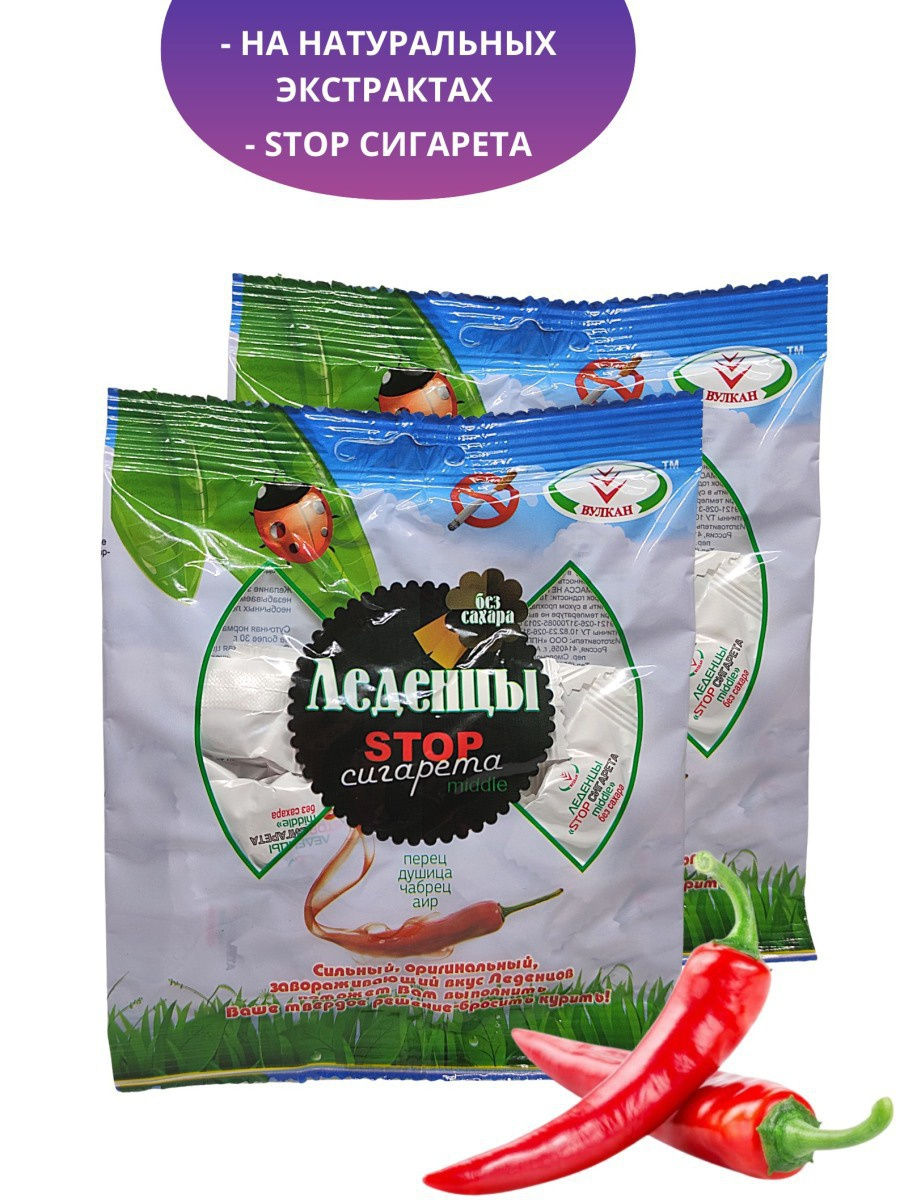
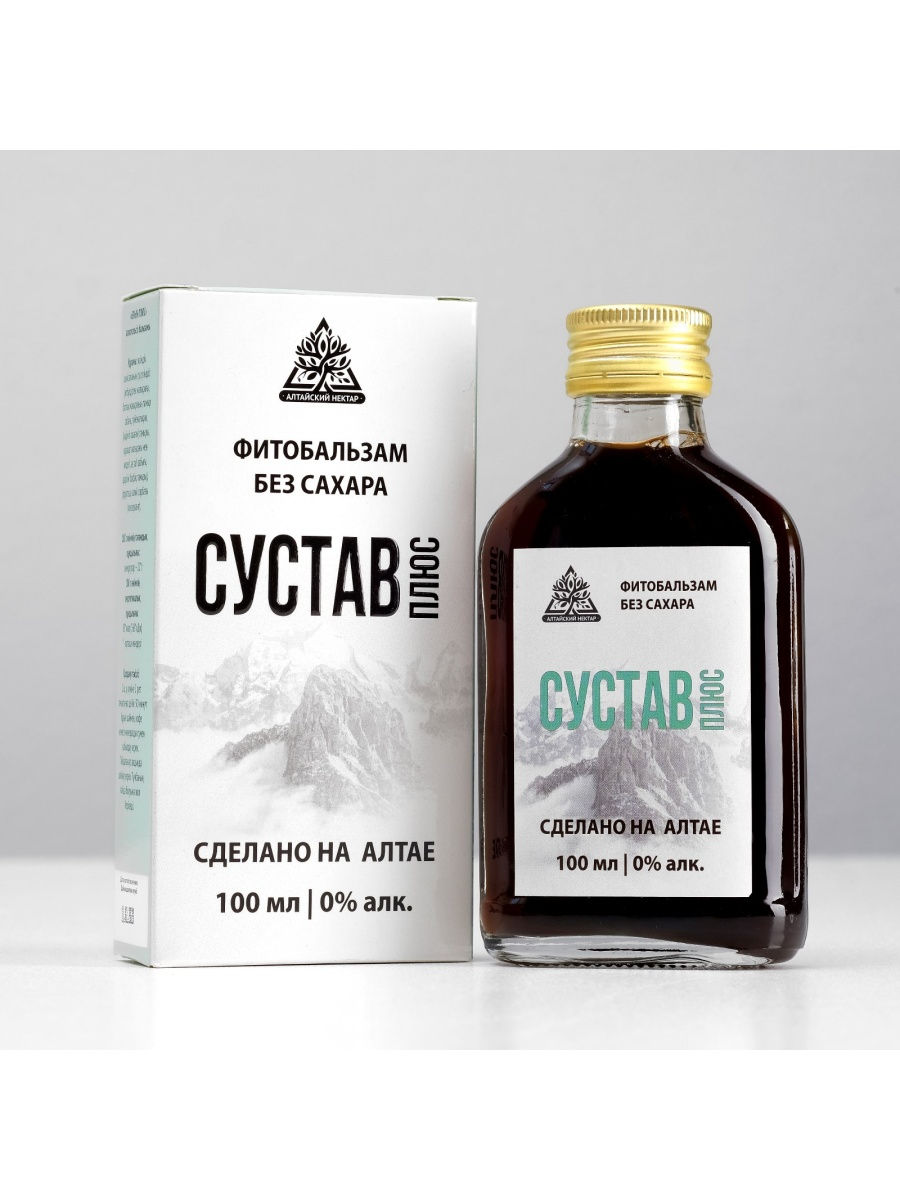

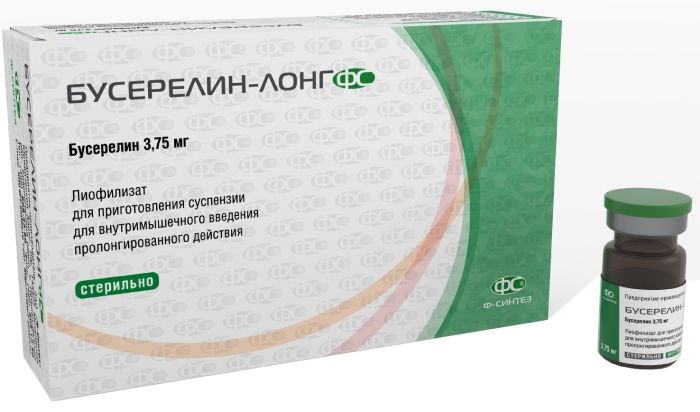




There are no reviews yet.